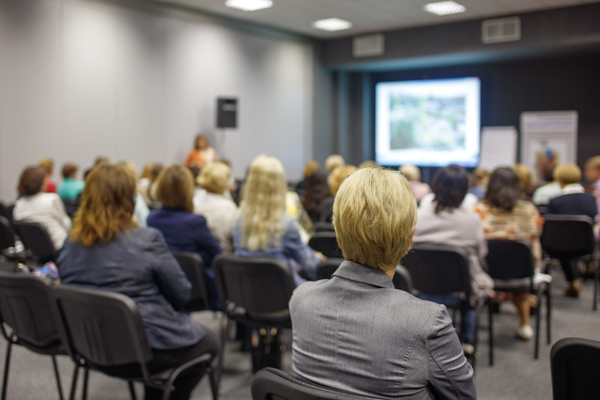- South Texas Students Meet Accordion Music Icons Los Tigres Del Norte In Edinburg Thanks To Khs America/Hohner Alianza Académica Initiative
- Fragile Planet Offers a Nighttime Wildlife Experience
- Falcons Soccer Off & Running
- Cameron County Receives Funds to Improve Two Parks
- Falcons Complete First Half of 32-6A
- School District to Help out Victims of California Wildfires
- Sand Castle Days Continued Despite Unexpected Weather
- Ready for District
- Discussion of Garbage Dumpster Rates, Agreements Between State & City on Highway Regulations, and More
- 31st Annual Shrimp Cook-Off is Right Around the Corner
How to Prepare for an Active Shooter Incident in Your Community
- Updated: July 27, 2018

Active shooter trainings help prepare communities for worst-case scenarios. Photo: ©Aleksandr Matveev/stock.Adobe.com
(StatePoint) Active shooter incidents are rare. You are 700 times more likely to die in a car crash, for example, than from an active shooter event, according to the National Safety Council. However, these terrifying events are on the rise. Experts say that being prepared can save lives.
“Sometimes it takes a tragedy to bring a community together – a hurricane, a flood or an active shooter. How much better would it be to be prepared in advance and mitigate that tragedy?” says Dan Martin, a retired police officer in New Lenox, Ill., and leader of the New Lenox Safe Communities coalition. “Each time I lead an active shooter course I see lightbulbs go on in people’s heads that they can make a difference.”
Because most active shooter incidents are over in a couple of minutes — often before first-responders can arrive on the scene — Martin says it’s crucial for private citizens to turn their panic into effective action and know what steps they can take to improve their chances of survival.
“Preparing for an active shooter emergency starts with situational awareness. Know what is going on around you all the time, trust your instincts and devise a plan,” he says.
To prepare, everyone can take the following steps:
• Learn emergency notification systems and distinctive alarms used in places you frequent.
• Identify two possible escape routes wherever you are.
• Find places to hide.
During an active shooter event, don’t spend important moments panicking. Public safety experts say that you should be ready to do one of the following:
• Run: Always the first choice; get out and take others with you.
• Hide: Find a place to hide; act quickly, turn off lights, lock and block doors, silence cell phones
• Fight: The last resort; improvise weapons and work alone or with others to disarm the shooter.
Community leaders can improve safety in their public spaces, such as concert venues, shopping malls, houses of worship and other places where people gather, by offering residents free active shooter training from the National Safety Council. The Council’s “Surviving an Active Shooter Event” is a two-hour training that covers how active shooter situations unfold, how to be situationally aware and what actions are necessary to improve one’s odds of survival. Training can be led by any community leader who can effectively speak in front of groups and follow detailed course materials. To learn more about partnering with NSC to bring active shooter training to your community, visit nsc.org/trainactiveshooter.
Active shooter incidents are terrifying and often result in multiple fatalities very quickly. While no one wants to dwell on such devastating, worst-case scenarios, being prepared can save lives. Take steps to learn how to make your community safer.
